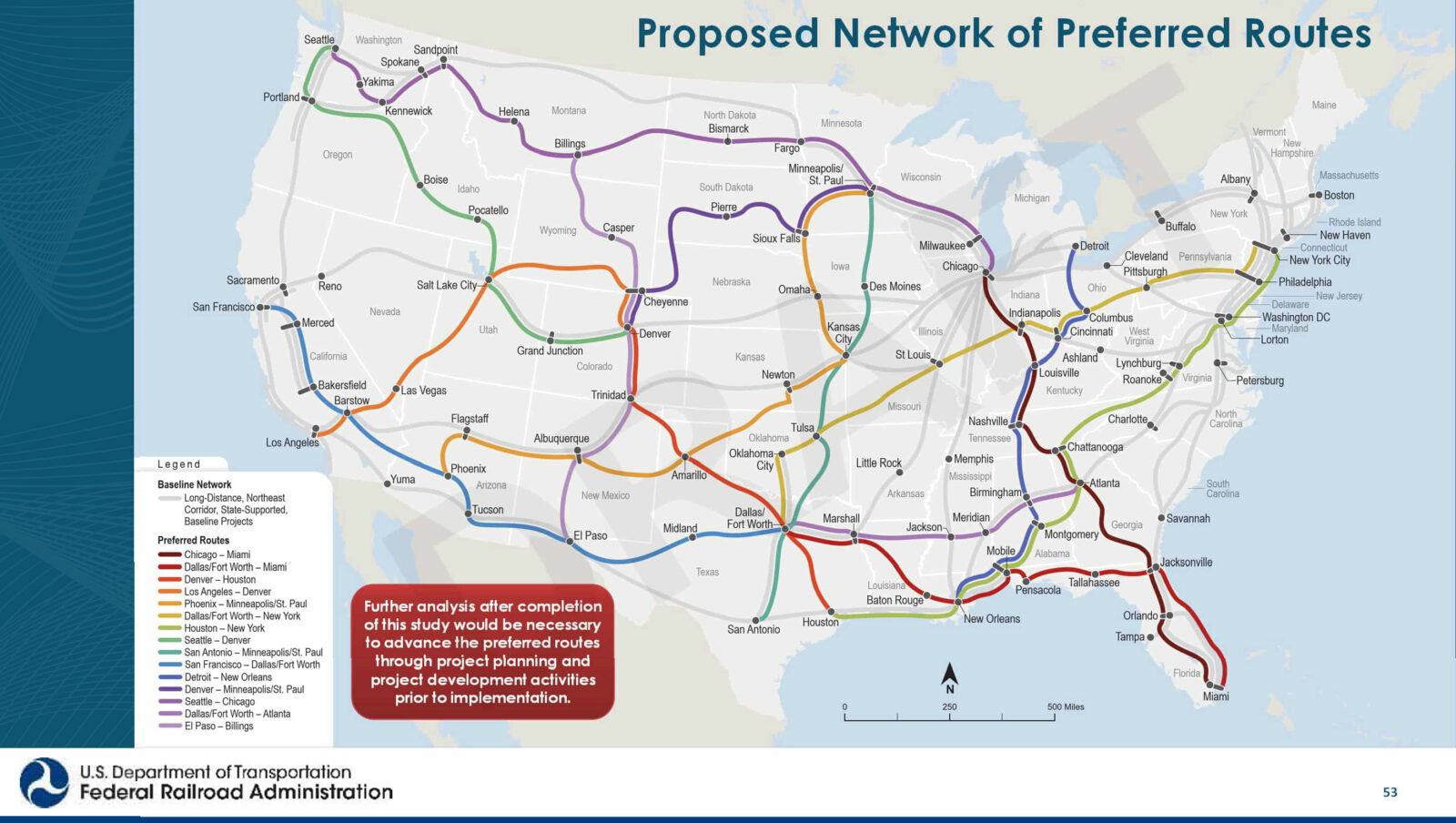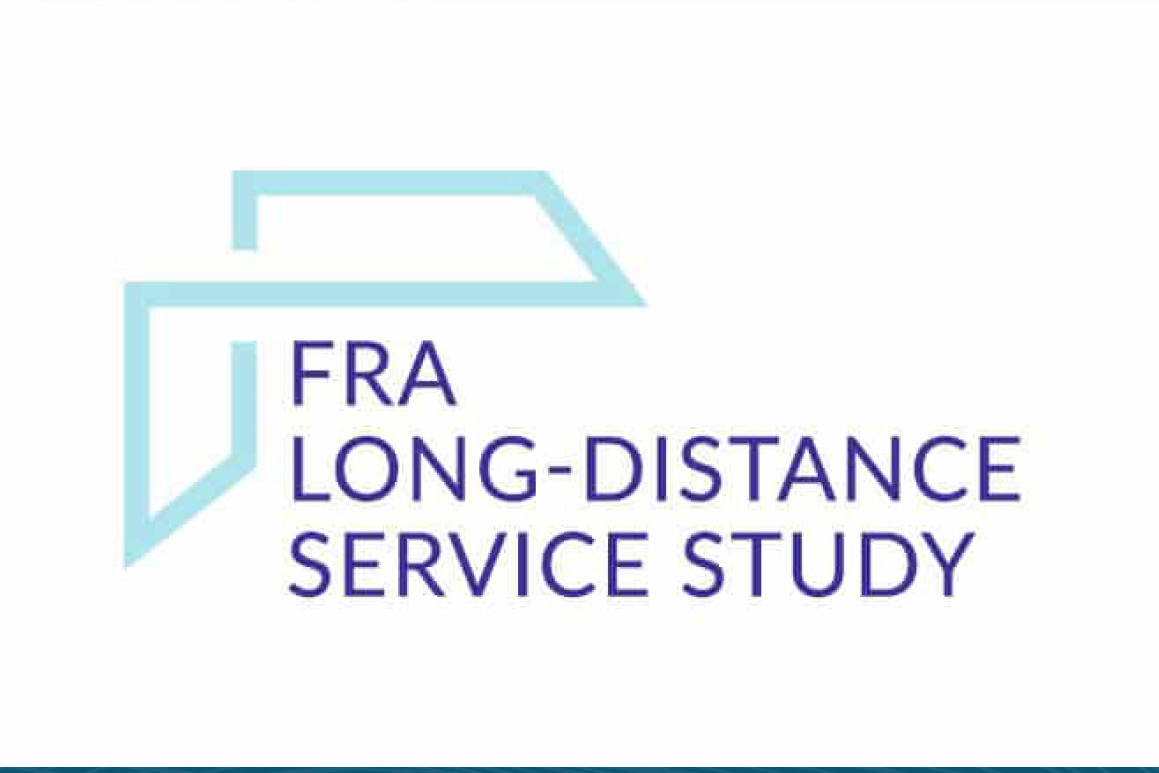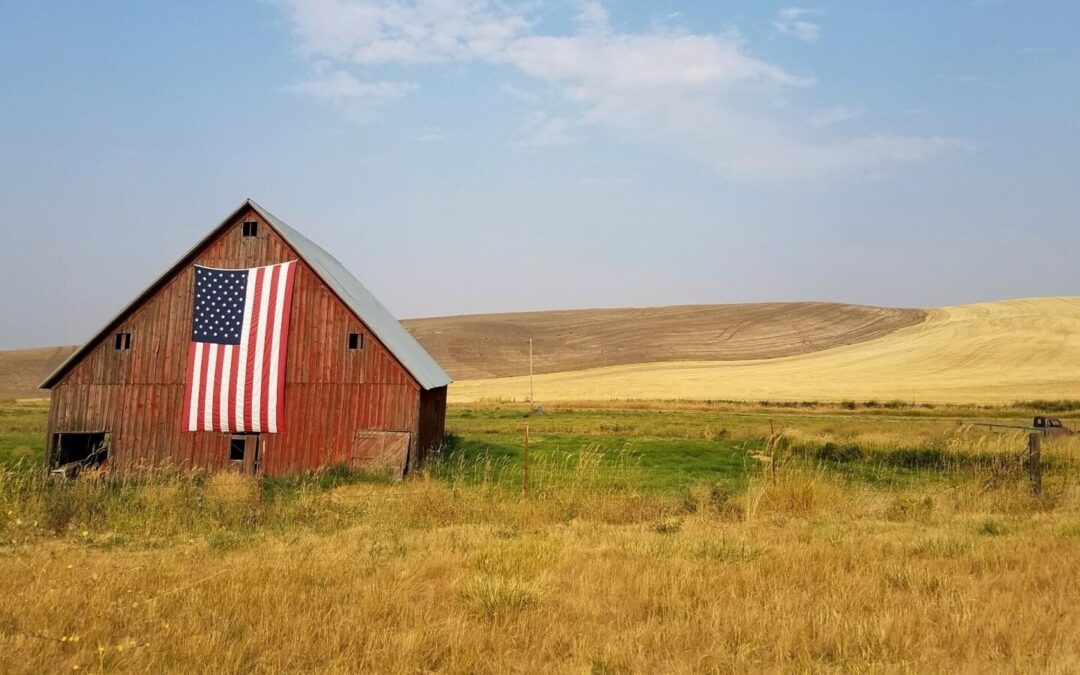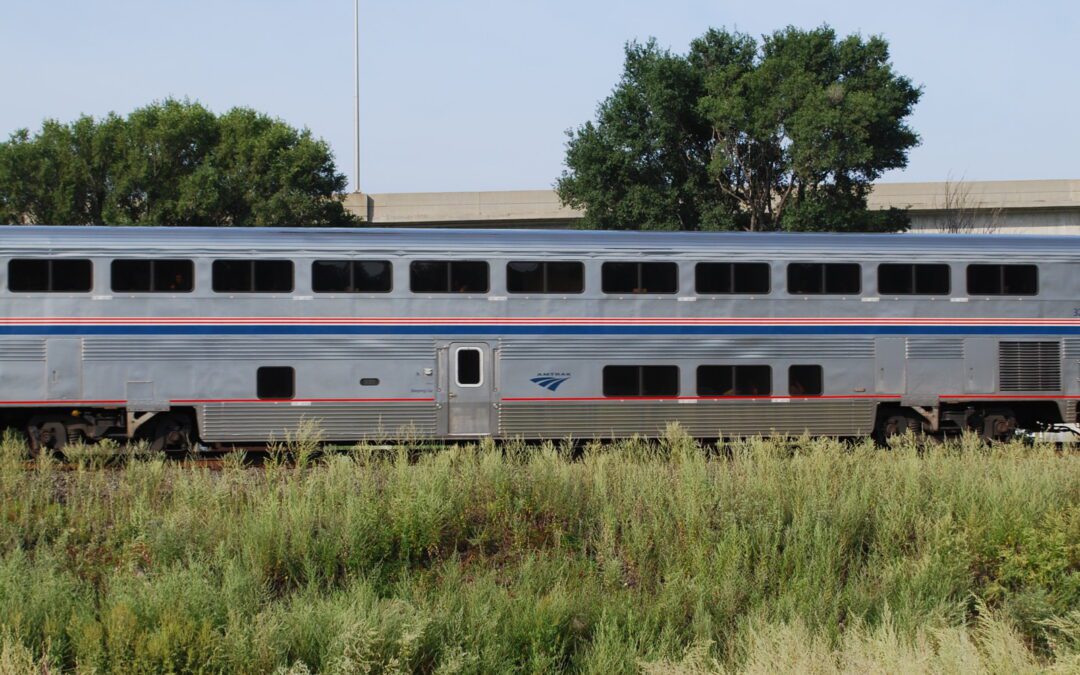How High-Speed Rail Will Reduce Carbon Emissions Getting serious about climate change means getting serious about building great trains. Join Us The best way to cut carbon emissions while expanding our freedom to move Take a look at the numbers below from...

In 2021, Congress directed the Federal Railroad Administration (FRA) to study potential restored and new “long-distance” routes. The High Speed Rail Alliance is a member of the stakeholder group providing input into study.
Last week, the FRA presented a proposed list of routes to be studied, as well as, some initial thoughts about governance. The initial proposal would add 15 long-distance routes, serving 61 additional metropolitan areas to create a true national network.
They are seeking public input by Friday, March 8. After public comment, the FRA will make capital and operating cost estimates, and make recommendations to Congress. The comment form and presentation are located here.
Here are some quick thoughts on the presentation:
- Finally, there is talk of growth. We need to celebrate the fact that the FRA, for the first time ever, is going to make a recommendation to add long distance routes. There have been route specific expansion proposals in the past, but every nationwide analysis, including the original Amtrak system, has been focused on cutting costs, not increasing value. This is real progress.
- The routes and resulting network make sense (mostly). This study is limited to routes longer than 750 miles. Under the current system, states are responsible for planning routes under 750 miles. A true national rail plan, designed to connect the country, might lead to different results.
- The trains need to be faster and more frequent. The study assumes that the new routes will match the performance level of the existing long-distance routes – just one train a day and average speeds of just 45 mph. This is unacceptable. The FRA and Amtrak should partner with the railroads to remove slow zones and bottlenecks. They should keep the trains running at 80 mph as much as possible to achieve a 60 mph average or better. Additionally, 2 or 3 trains a day are needed to make the service truly useful.
- The implementation timelines are too slow. 15 years to plan for and construct modest improvements to an existing railroad is unacceptable. Congress should create a true investment program that get these, and other, important railroad improvements done much faster.
- The way the nation plans and funds railroads is really dumb. The governance questions asked in the report highlight how broken the federal planning and funding structure is. There are five separate planning and funding streams for trains serving 1) daily work commutes, 2) intercity trips under 750 miles, 3) intercity trips over 750 miles, 4) the Northeast Corridor, and 5) freight. This pits each against each other and means that none will work right. The suggestions in the report are good ideas given the current context, but ultimately these are just band-aids. Congress needs to create a federally-led railroad program that serves the whole country well.
This study is intended to inform the next surface transportation re-authorization, which congressional staffers are starting to work on now. This study is an important step forward, but we need to aim higher.
Do you want to make your voice heard? If so, please read through the presentation materials and make a comment by Friday, March 8. The comment form is at the bottom of https://fralongdistancerailstudy.org/.
This is a direct link to the presentation
The Latest from HSRA
Our Latest Blog Posts
Check out the latest news, updates, and high speed rail insights from our blog!





